
Filter News
Area of Research
- Advanced Manufacturing (1)
- Biological Systems (1)
- Biology and Environment (3)
- Building Technologies (2)
- Clean Energy (35)
- Climate and Environmental Systems (1)
- Fossil Energy (1)
- Fusion Energy (1)
- Materials (24)
- National Security (2)
- Neutron Science (15)
- Nuclear Science and Technology (8)
- Sensors and Controls (1)
- Supercomputing (13)
News Type
Date
News Topics
- 3-D Printing/Advanced Manufacturing (2)
- Biology (1)
- Biomedical (3)
- Clean Water (1)
- Climate Change (1)
- Composites (1)
- Computer Science (5)
- Critical Materials (1)
- Cybersecurity (2)
- Energy Storage (2)
- Environment (2)
- Fusion (2)
- Grid (3)
- Isotopes (4)
- Materials Science (5)
- Mercury (1)
- Microscopy (2)
- Molten Salt (4)
- Nanotechnology (4)
- Neutron Science (3)
- Nuclear Energy (5)
- Physics (2)
- Polymers (4)
- Security (3)
- Space Exploration (2)
- Transportation (6)
Media Contacts
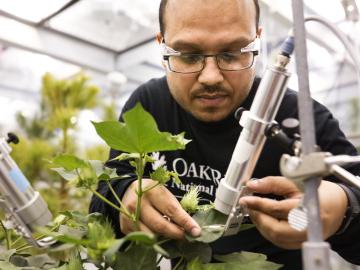
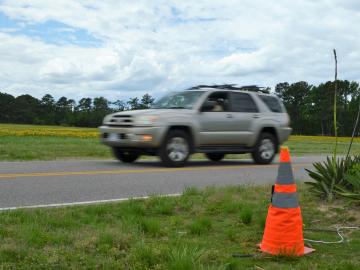
Algorithms designed to parse data gathered by roadside sensors could make it easier to identify vehicles sought in AMBER Alerts and to assist researchers studying traffic patterns. Oak Ridge National Laboratory scientists built a sensor platform to collect detailed images of cars, as w...
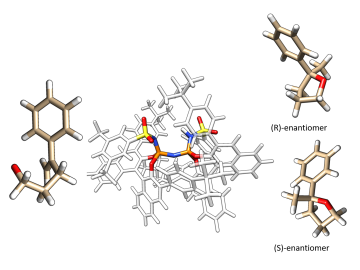
Researchers from the Max Planck Institute, renowned for advances in nonmetallic catalysis, leveraged computational modeling support from Oak Ridge National Laboratory to overcome a major limiting factor in the breakdown of simple organic compounds called olefins. Olefins are among natu...

A shield assembly that protects an instrument measuring ion and electron fluxes for a NASA mission to touch the Sun was tested in extreme experimental environments at Oak Ridge National Laboratory—and passed with flying colors. Components aboard Parker Solar Probe, which will endure th...
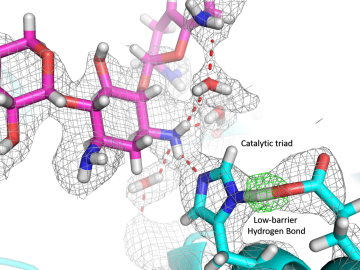
An Oak Ridge National Laboratory-led team has observed how a prolific class of antibiotics may be losing its effectiveness as certain bacteria develop drug resistance by acquiring enzymes known as aminoglycoside modifying enzymes. Aminoglycosides are commonly used in antibiotics to tre...
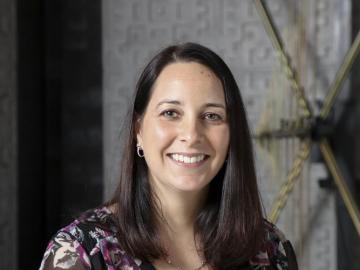
Christina Forrester’s meticulous nature is a plus for her work leading technical testing and analysis of radiological and nuclear detection devices, whether that work takes her to the Desert Southwest or to her own lab outfitted with specialized

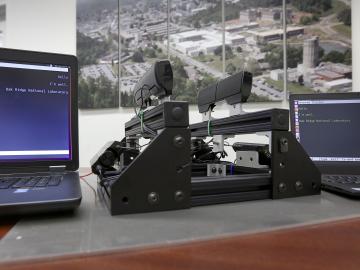
Using novel machine learning techniques, a research team from the Department of Energy’s Oak Ridge National Laboratory is teaching electronic devices how to speak for themselves.
University of Wisconsin-Madison engineers have added a new dimension to our understanding of why straining a particular group of materials, called Ruddlesden-Popper oxides, tampers with their superconducting properties. The findings, published in the journal Nature Communication...
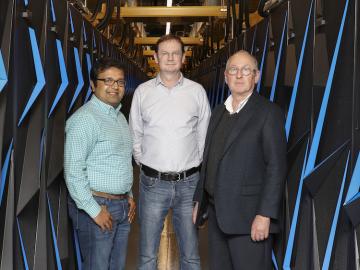
Nearly a dozen scientists across Oak Ridge National Laboratory are teaming with medical researchers and leveraging ORNL’s biggest science tools to solve a modern-day biology grand challenge: unlocking the secrets of disordered proteins. These flexible molecules are believed to constit...


